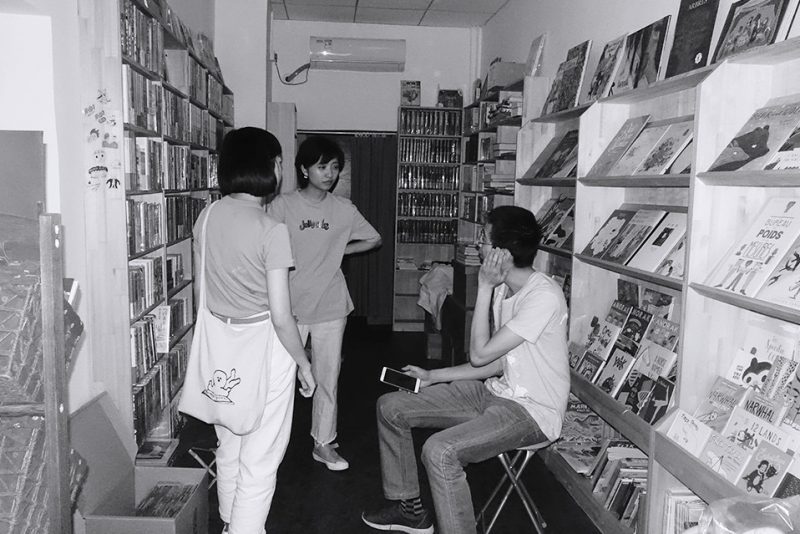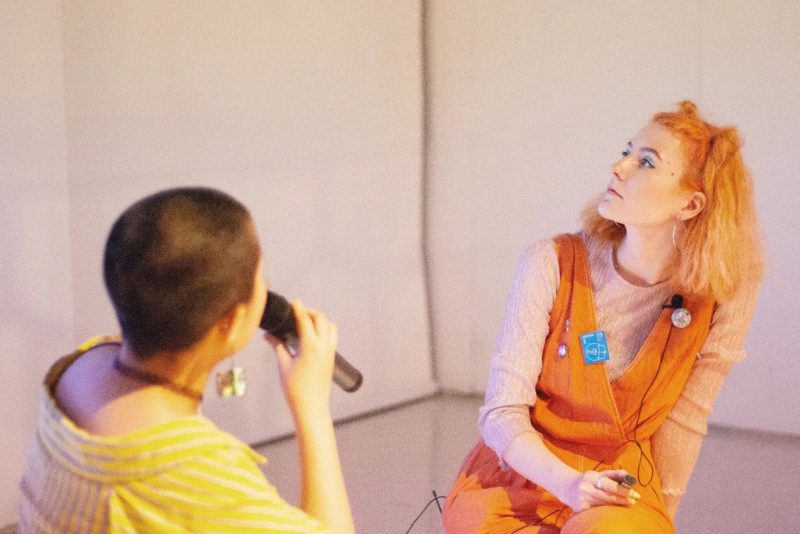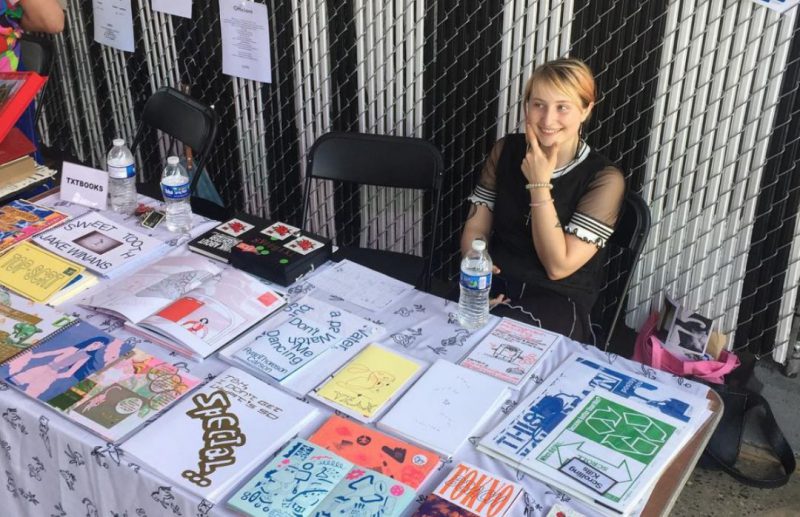
abC Team
总负责人 / 艺术总监:周玥
展会统筹:刘小门
项目管理:杨丹 / 许珂 / 陈家心
商务/媒体拓展:杨子艺
项目执行:郑云沧
公教活动:陈家心 / 胡沁迪
夢廠出版负责人:胡沁迪
网站设计:北 鸥
Photography is the child of vision, but it is also tactile. From the manual process of developing films to the digital era where we scroll down the screen with our fingers, we use both eyes and hands to touch it, feel it, and even steal it. When the screen gradually gains the upper hand, how can we summon more sensory systems of our body? BLOW UP PRESS answered this question in the following interview with abC.
What is the charm of physical publications? "I think such publication is the only medium that involves almost all human senses," said Grzegorz Kosmala, founder of BLOW UP PRESS. The books of BLOW UP replace the single visual stimulus with all senses of the body. Besides, opening the BLOW UP book is more like watching Michelangelo Antonioni's film on paper. "WHEN THE STORY MATTERS" was their manifesto. The slices of the world are presented in the book when you flipped it, weaving distant stories for readers.
Interviewee:Grzegorz Kosmala (G)
Interviewer:abC editorial(abC)
Translator:Yaya Liu

abC:Could you please introduce your team? How’s everyone’s daily work?

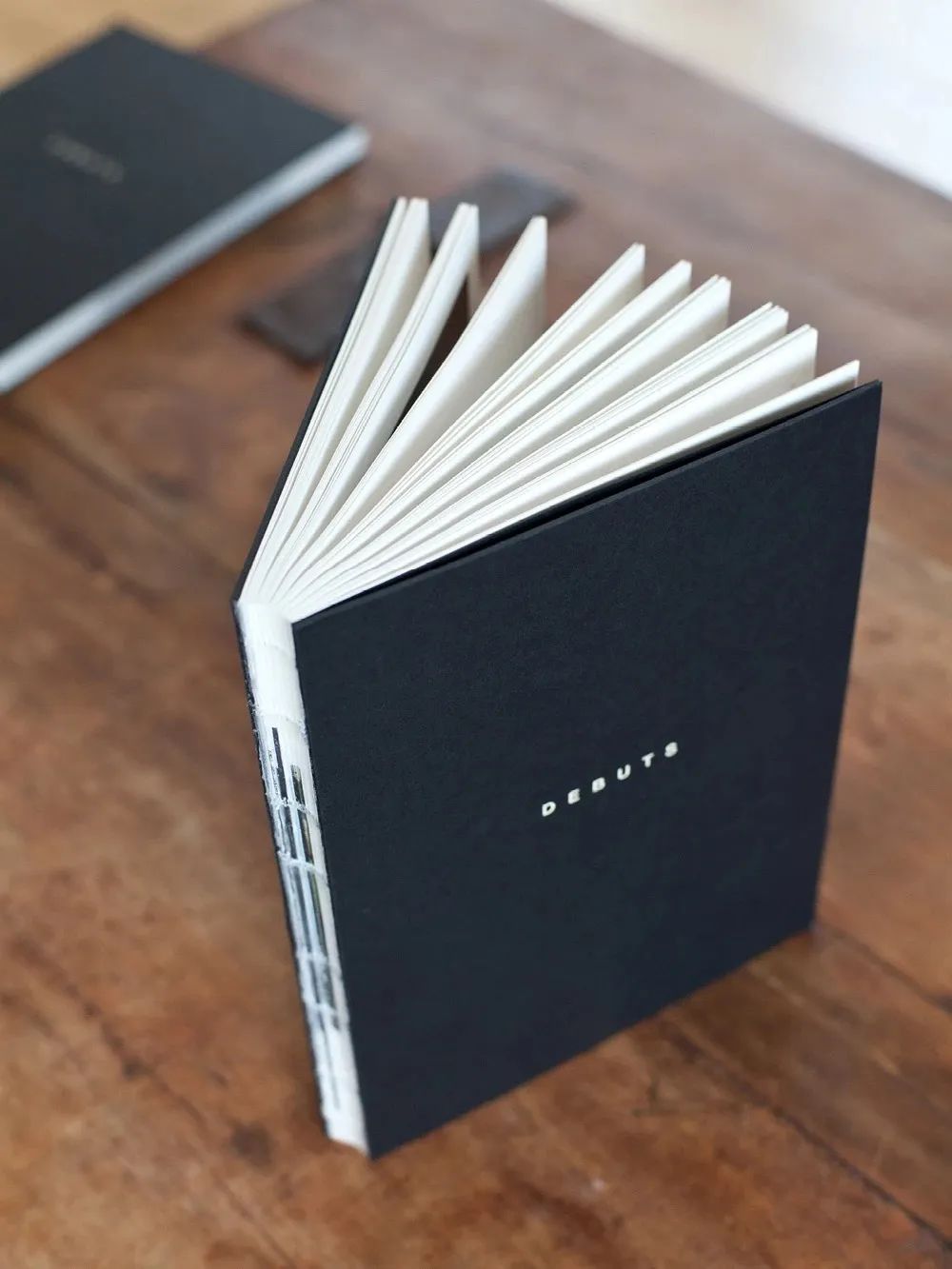
But from the really beginning our readers were asking us about paper version of the magazines as there was a big gap on the market in this field. So, in 2015 we did some test prints to see how the market would react for such magazine and in 2016 we introduced new, entirely paper-based doc! photo magazine, being a combination of documentary and artistic photo projects. The books joined it one year later, in 2017, however it doesn’t mean we didn’t publish them before. The first book from BLOW UP PRESS was published in 2014. It was a group publication providing short portfolios of the winners of our contest for emerging photographers, called DEBUTS. We had five different editions of the contest and five different books all with the same title. Currently the contest is replaced by BUP BOOK AWARD, which has different goal.
What are the charms of physical publications? I think such publication is the only medium that involves almost all human senses. It is about touching, seeing, smelling, also hearing… When you see an image on the screen or under the glass in frames, you are deprived of most of these impressions.
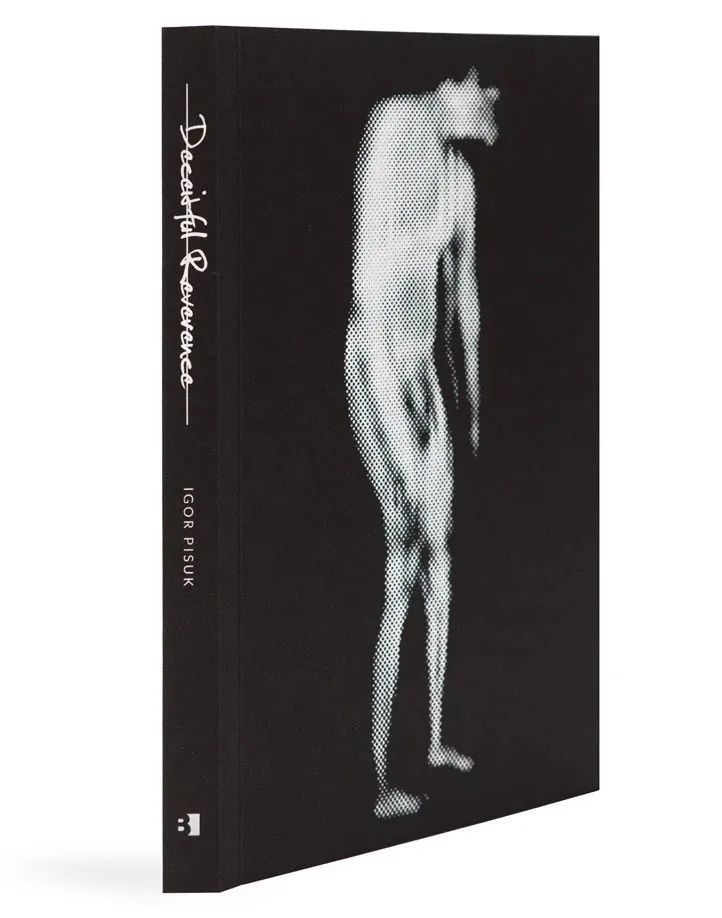
From all our books, two deserve to be mentioned in this context. The first one is 9 GATES OF NO RETURN by Agata Grzybowska and DECEITFUL REVERENCE by Igor Pisuk. The first one because is it a combination of CMYK for colour images and quadtone for all B&W images. Usually, B&W materials are printed in duotone, sometimes in tritone. And here you have two different gray Pantones plus two different black Pantones. Thanks to this, the B&W images have an amazing depth of field, soft tonal transitions and the gray scale grows like an exponential function. We decided to use this approach to get the most out of large and medium format photos by Agata.
abC:It seems that narrativity is a very significant thing in your publications. Could you introduce how BLOW UP PRESS tells a story to its readers? In such a process, the publisher is also like an interpreter, who needs to understand the photographer/artist fully. Can you tell us how you communicate with different photographers?
G:Thank you for this question. You are right – we are like interpreters for photographers because we are the first people to see the material to be published. For us, the story is the clue. When deciding to publish a particular project, we have to be totally overpowered by the story itself and the collected photographic material. We need to feel a connection with it. We need to feel it is important to transform this material into the book. It comes from our motto we are trying to follow in all our publications: “When the story matters.” That is why we do not work on dummies. We design the books from scratch based on the pictures and our talks with the authors. We talk about the story, their approach, what is important to them, the way they want readers to react. We talk about characters appearing in the project, we want to know them, to know their stories. And then Aneta does her magic. We don’t have guidance how to work with artists. For us, each book is different and requires a different way of working. Sometimes, when designing the book, Aneta works together with photographers, sometimes we ask the photographer to take a step back as being too much personally involved to the project that could make it inaccessible or hard to understand for readers. We trust each other here as the final book is our common baby.
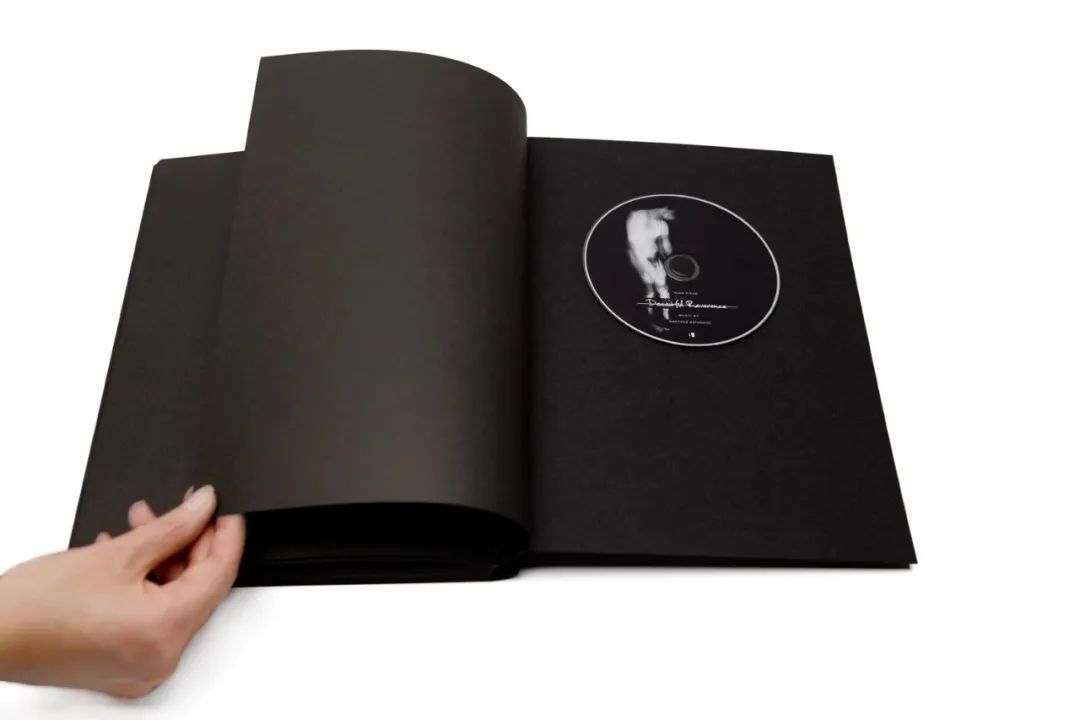
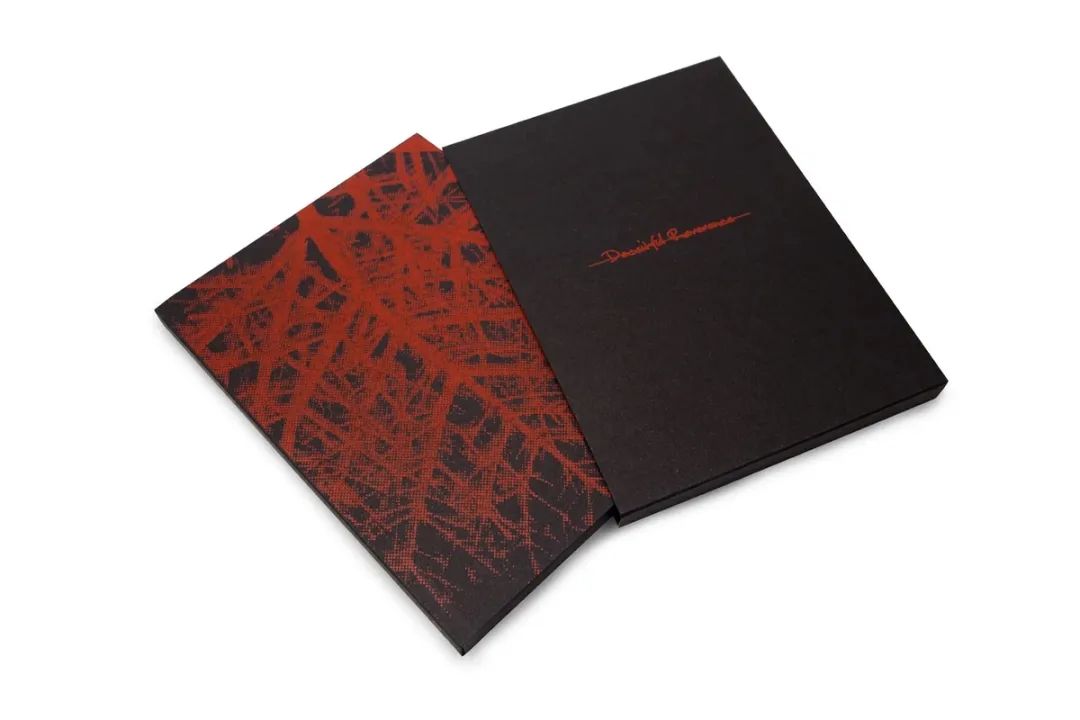
abC:The publication DECEITFUL REVERENCE contains a limited edition CD. Besides music, what other media have you tried to combine with photo books?
G:Yes, we asked Bartosz Dziadosz, one of the most famous ambient music composers in Poland, to create a soundtrack for this book. We provided him with the pre-final version of the book, and he came back with over 40 minutes long music adding another dimension to the book. We also tried with videos which are rather space specific installations, supporting the exhibitions with materials from the books. And our special editions also include archival prints signed by the artists.

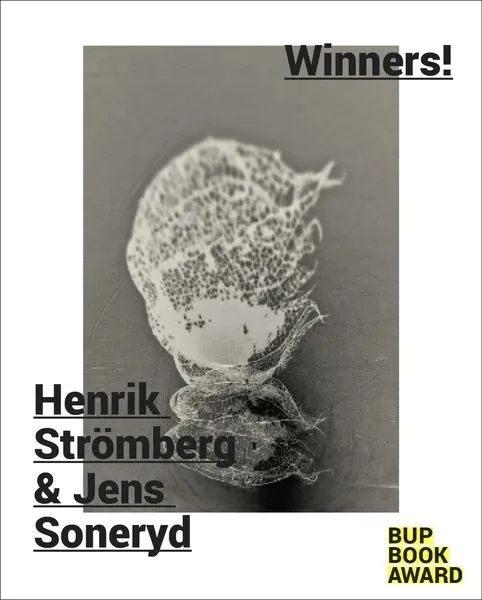

abC:About the BUP BOOK AWARD, is this award open to the public? What kind of works will arouse your feeling?
G:
As I said, the BUP BOOK AWARD replaced our contest for emerging photographers DEBUTS. After five editions, we wanted this project to become more suitable to our business as it was mainly about exhibitions. Now with monographs, we can focus on visual narrative. Yes, BUP BOOK AWARD is open to the public. We are already after announcing the winners of its first edition, which are Tomasz Laczny from the UK for his project Erna-Helena-Anja and Henrik Strömberg and Jens Soneryd from Germany for their project The Compost. A Manifesto.
We hope to have them published till the end of 2020. Both projects are completely different. The first one is very personal and provides a story of the artist's grandmother trying to be re-connected with her daughter, the artist mother. The story starts at the end of World War II. The project includes archival photographs, graphics as well as comics. The second project is taken from another planet. It is an extremely conceptual approach to give the original meaning to the objects and things that surround us, the meaning we have lost under the pressure of cultural factors and the media. So, as you see, we are open to all kinds of projects, which stories matter.
abC:COVID-19 has deeply influenced our daily life and also forced us to delay the opening of abC Art Book Fair. Many Chinese artists use their works&publications to respond to this disaster. How is everything in Poland? How does the epidemic affect your life and work?
G:Yes, everything is currently dictated by COVID-19. In Poland, we are slowly coming back to normal however the amount of new infections is relatively high and quite constant. But it is difficult to keep people lock downed for such long period of time. Social distancing and protective masks and gloves are still obligatory in closed spaces like shops, public transport or cultural and sports venues.
As for BLOW UP PRESS, the lockdown has not changed the way of working, as we are working at home for many years already, but it has had a significant impact on our business. The sale dropped, the book festivals and fairs are either postponed or canceled and they always significantly contributed to our incomes. Fortunately, our printing plans are not affected as we planned to start printing new publications in June/July the earliest anyway. But I really hope this situation will end soon. The second half of the year looks quite promising with one challenge we have to prepare for – how to be simultaneously in different locations hundreds of kilometres away, as many of the postponed events we applied to participate in will now take place in the same dates. And we still don’t know how to make it.
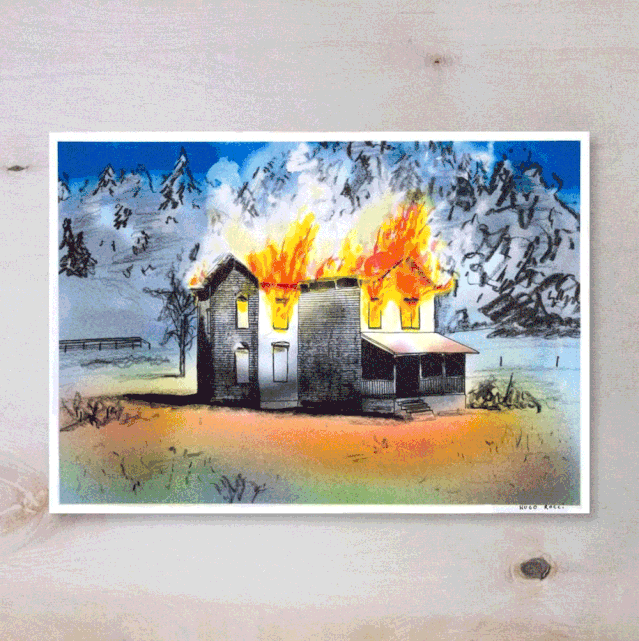
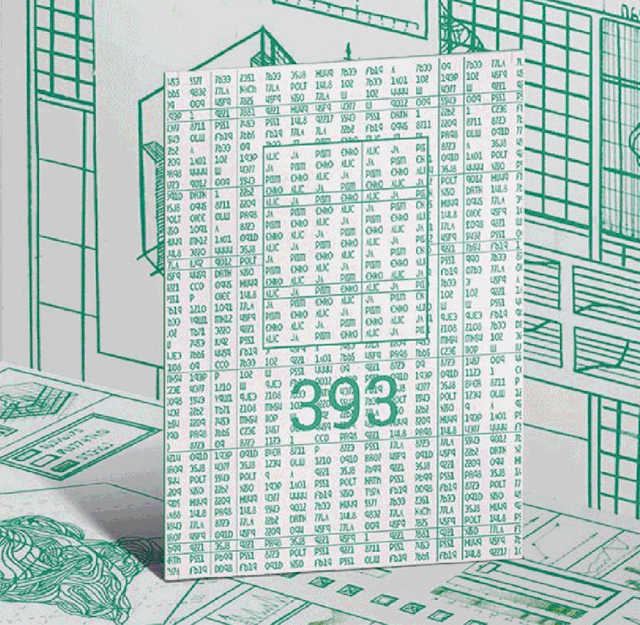

abC:Since you are our first Polish exhibitor, we really want to know about art publishing in Poland. Does it grow into an industry? Does it face any difficulties? Are there excellent peers stand together with BLOW UP PRESS? Please share 2-3 Polish publishers you love to our audience!
G:It is not so easy to talk about it but there is no art publishing industry in Poland. Majority of art books in Poland are typical self-published publications. Then we have publications published by museums, galleries or festivals to support their exhibitions. It results from the fact that there are just a few publishing houses focused exclusively on art publishing. Other publishing houses are more general. And it happens very often that we are the only exhibitor from Poland at many fairs. So, next to BLOW UP PRESS, which is photography focused, I can mention just three I know and sometimes meet each other here and there in the world. They are Pix.House, also focusing on photography, then Latające Oko, offering very interesting conceptual artists books, and finally Oficyna Peryferie, focusing mainly on graphic based art publications. We also have very famous Sputnik Photos, which more than publishing house is a typical photo collective presenting its projects also in a form of books. And sadly to say - that’s it.
Thank you!

